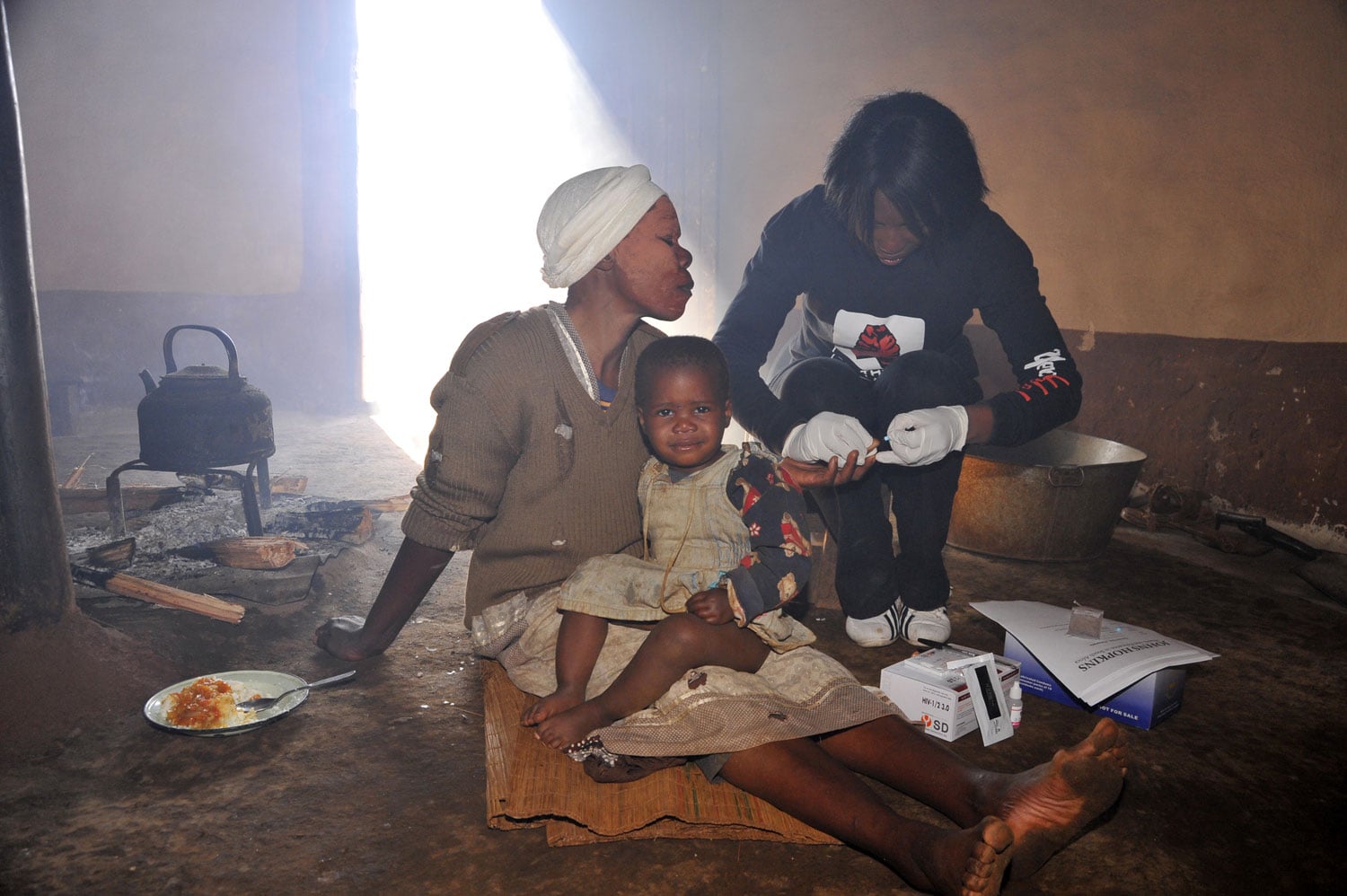Time for a data revolution to guide the HIV response
London School of Hygiene & Tropical Medicine https://lshtm.ac.uk/themes/custom/lshtm/images/lshtm-logo-black.png Friday 1 December 2017
World AIDS Day is an important milestone each year allowing the ongoing pandemic of HIV/AIDS to be the focus of global attention. It provides an opportunity to advocate for political will, to reflect on our efforts, and to redouble our resolve to make a difference in fighting HIV/AIDS. UNAIDS, the Joint United Nations Programme on HIV/AIDS, today tell us that there are 26 million people living with HIV in sub-Saharan Africa, that progress has been made in reducing the treatment gap, and that the number of new infections each year is slowing. However, 1.8 million people are still acquiring HIV every year.
But, where do the data to support these statements come from? How much confidence should we have when told, each year at this time, that things are getting better, or are not doing so? How do countries know where to focus their efforts in the coming year? These are questions addressed by HIV measurement and surveillance efforts, and a revitalisation of these efforts is now essential.
Traditional approaches to tracking the epidemic are no longer fit for purpose. Since the 1990s, trends in HIV infection rates among pregnant women attending a small number of sentinel surveillance sites have been critical to our understanding of the epidemic. The results of HIV tests were anonymised at source, with results not returned to those tested. But, this “unlinked anonymous testing” has now been discontinued in many countries. National surveys of HIV prevalence among both men and women, in which researchers travel door to door to several thousand households and collect samples which are then tested for HIV have been a key resource. But, such surveys are expensive and hard to conduct. Estimates of how many people living with HIV know their HIV status and are on treatment are informed by data collected in health facilities across the continent. But, current approaches give inaccurate estimates because of people being counted more than once if they access services multiple times or in different places. Loss to follow up can undermine clinical care and our estimation of both mortality rates and treatment success.
Data needs have changed to drive progress toward lowering the burden of HIV infections and deaths. The rate at which new infections are occurring is rarely measured directly, yet identifying and responding to new infections must be the cornerstone of the response. Data on risk behaviour have been hard to interpret because of their sensitive nature, but it will be ever more critical to track risk if we are to reinvigorate HIV prevention. We need more data about specific places and more timely data to guide geographical and sub-population targeting. Finally, and most importantly, we must plan for sustainable, country-led, action-oriented HIV surveillance platforms in the future, which can serve local decision-making, uphold human rights and support global reporting and modelling needs.
Developing a data architecture that responds to these needs will require better leveraging routine and programmatic HIV data. We advocate a three-pronged response to improve the lives of those living with HIV and to reduce the burden of infection among those at risk.
- Improve understanding of the continuum of care among all people living with HIV through better use of individual-level, de-duplicated health records
- Improve understanding of HIV incidence, prevalence, risk and linkage to care through better use of data collected through HIV testing platforms
- Improve understanding of the locations, populations and individuals at greatest risk for HIV infection through better community-based assessments.
Funded by the Bill and Melinda Gates Foundation, the Measurement and Surveillance of HIV epidemics “MeSH Consortium” led from the London School of Hygiene and Tropical Medicine is working with countries and partners to catalyse this step-change. The time for investment in these systems and capacity to use them is now. Only by harnessing routine HIV data can countries achieve more accurate, disaggregated and sustainable measurement of HIV incidence and achievement of the 90:90:90 targets. These data can support resource allocation decisions and targeted action that will accelerate the reduction of HIV incidence in sub-Saharan Africa.
The MeSH Consortium has convened an international scientific symposium in South Africa on 5 and 6 December. The two day ‘Building confidence in the collection and use of quality HIV data’ event will consider how best to respond to emerging threats to HIV surveillance efforts and provide a sustainable approach to tracking and responding to the HIV epidemic in sub-Saharan Africa.
Speakers will include Dr Linda-Gail Bekker, President of the International AIDS Society and Deputy Director of the Desmond Tutu HIV Centre in South Africa, Dr Anton Pozniak, President elect of the International AIDS Society, and Dr Yogan Pillay, Deputy Director General of HIV/AIDS, TB and Maternal, Child and Women’s Health in the South African Department of Health.
Our postgraduate taught courses provide health practitioners, clinicians, policy-makers, scientists and recent graduates with a world-class qualification in public and global health.
If you are coming to LSHTM to study a distance learning programme (PG Cert, PG Dip, MSc or individual modules) starting in 2024, you may be eligible for a 5% discount on your tuition fees.
These fee reduction schemes are available for a limited time only.